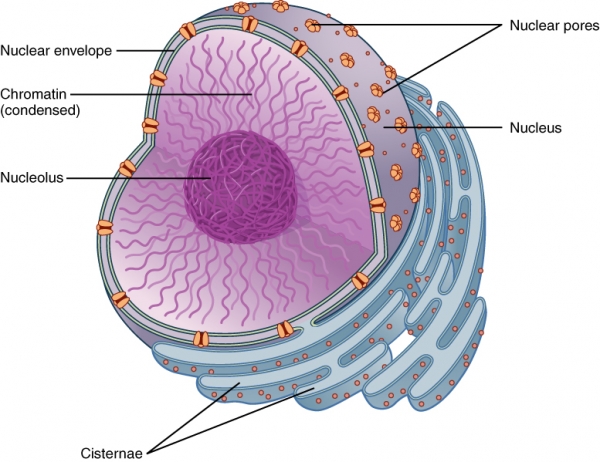Inside all living cells, loosely formed assemblies known as biomolecular condensates perform many critical functions. However, it is not well understood how proteins and other biomolecules come together to form these assemblies within cells.
Inside all living cells, loosely formed assemblies known as biomolecular condensates perform many critical functions. However, it is not well understood how proteins and other biomolecules come together to form these assemblies within cells.
MIT biologists have now discovered that a single scaffolding protein is responsible for the formation of one of these condensates, which forms within a cell organelle called the nucleolus. Without this protein, known as TCOF1, this condensate cannot form.
The findings could help to explain a major evolutionary shift, which took place around 300 million years ago, in how the nucleolus is organized. Until that point, the nucleolus, whose role is to help build ribosomes, was divided into two compartments. However, in amniotes (which include reptiles, birds, and mammals), the nucleolus developed a condensate that acts as a third compartment. Biologists do not yet fully understand why this shift happened.
“If you look across the tree of life, the basic structure and function of the ribosome has remained quite static; however, the process of making it keeps evolving. Our hypothesis for why this process keeps evolving is that it might make it easier to assemble ribosomes by compartmentalizing the different biochemical reactions,” says Eliezer Calo, an associate professor of biology at MIT and the senior author of the study.
Read more at Massachusetts Institute of Technology
Image Credit: OpenStax via Wikimedia Commons




